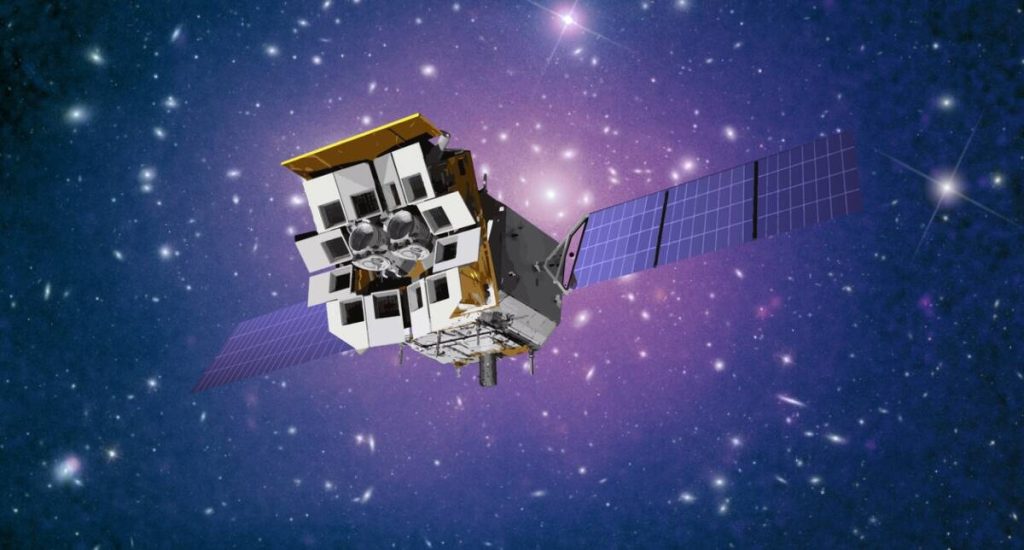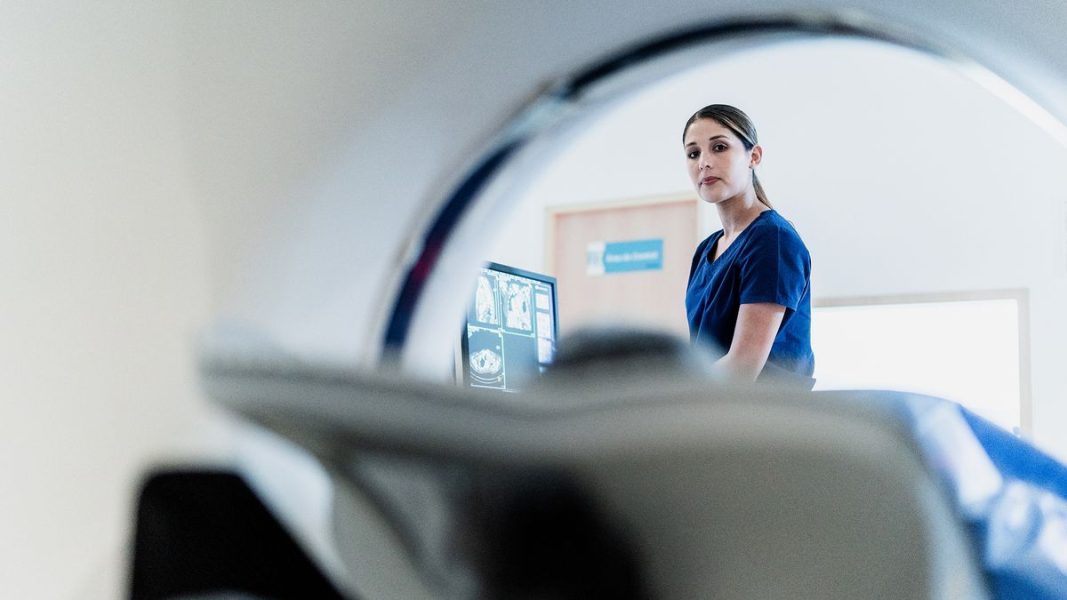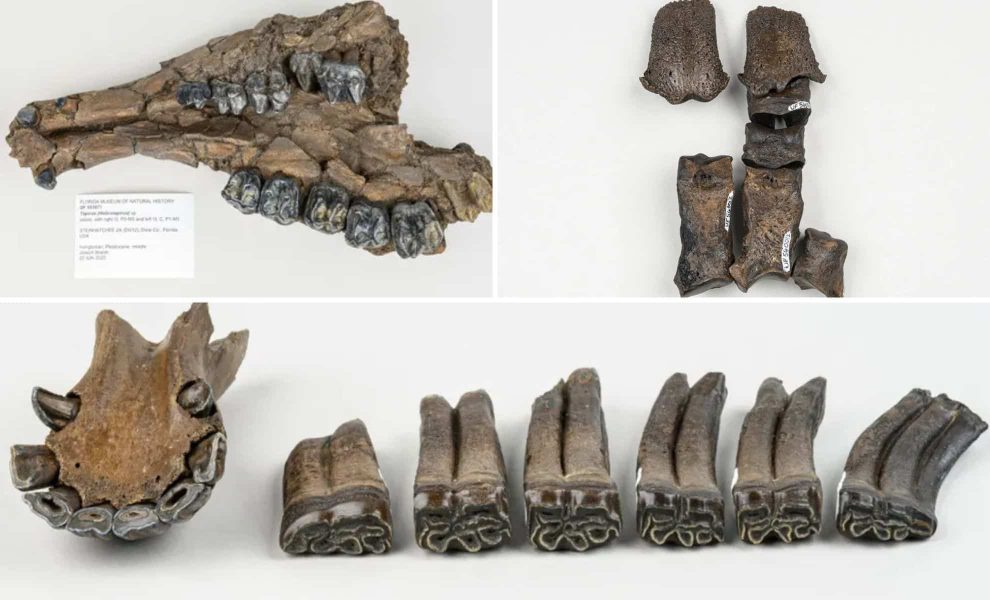Einstein Probe finds two stars that have spent 40 million years taking turns eating each other – The Register

The Einstein Probe space telescope has spotted evidence of one star consuming matter from another.The first clue that led to this discovery was an X-ray flash emanating from the Small Magellanic Cloud, around 200,000 light years from Earth. The flash was unexpected so scientists were keen to learn more.The flash was spotted by the orbiting Einstein Probe’s Wide-field X-ray Telescope (WXT), which uses a novel type of design known as a lobster eye that can scan 3,600 square degrees simultaneously using 432 micro-pore optic (MPO) sensors.The spacecraft also packs another telescope – the aptly named Follow-up X-ray Telescope (FXT), which was used to examine the source of the flash. NASA shifted its Swift and NICER X-ray instruments to study that region as well. 18 days later the European Space Agency added its XMM-Newton x-ray ‘scope to the search and the result was the discovery of a new emissions beacon in the sky dubbed EP J0052 from an unusually bright burst of energy.The Einstein Probe x-ray telescope spots something curious in the next-door galaxy (click to enlarge) – Pic: ESA.”We soon understood that we were dealing with a rare discovery of a very elusive celestial couple” explained Alessio Marino, a postdoctoral researcher at the Institute of Space Sciences (ICE-CSIC), Spain, and lead author of a paper titled “Einstein Probe discovery of EP J005245.1-722843: a rare BeWD binary in the Small Magellanic Cloud?””The unusual duo consists of a massive star that we call a Be star, weighing 12 times the Sun, and a stellar ‘corpse’ known as a white dwarf, a compact and hyper-dense object, with a mass similar to that of our star,” the European Space Agency’s (ESA’s) summary of the paper explains.The story of how the stars ended up in those states starts around 40 million years ago when they were “rather big” – about six to eight times larger than our Sun – and started to orbit around each other.The larger of the two stars started to expand, as stars do late in life, and became a white dwarf with the same mass as Earth’s star. The second sun – which started life as the smaller one – pulled in gas from its dying companion , eventually growing to become a Be star that massed about 12 times more than Sol.By this time, the white dwarf’s gravity meant it was able to absorb matter from the Be star.”This study gives us new insights into a rarely observed phase of stellar evolution, which is the result of a complex exchange of material that must have happened among the two stars,” explained Ashley Chrimes, research fellow and X-ray astronomer at ESA. “It’s fascinating to see how an interacting pair of massive stars can produce such an intriguing outcome.”ESA’s Tale of Two Stars observed by the Einstein Probe – Click to enlarge. Source: ESAJudging from the spectral analysis of the X-ray burst, the boffins think that the white dwarf is around 120 percent the mass of our Sun and approaching the Chandrasekhar limit at which it will implode into an even denser neutron star or go full supernova.”Outbursts from a Be-white dwarf duo have been extraordinarily hard to catch, as they are best observed with low energy X-rays,” noted Erik Kuulkers, ESA Project Scientist for Einstein Probe. “The advent of Einstein Probe offers the unique chance to spot these fleeting sources and test our understanding of how massive stars evolve.”The Probe launched from China in January 2024, reflecting the Chinese Academy of Science’s role as its main supporter – helped by the European Space Agency and the Max Planck Institute for Extraterrestrial Physics. That the Probe was able to conduct the observations described above within weeks of launch surely bodes well for its future mission. ®Send us newsThe Register Biting the hand that feeds IT
Copyright. All rights reserved © 1998–2025
Source: https://www.theregister.com/2025/02/19/einstein_probe_twin_stars_revealed/






